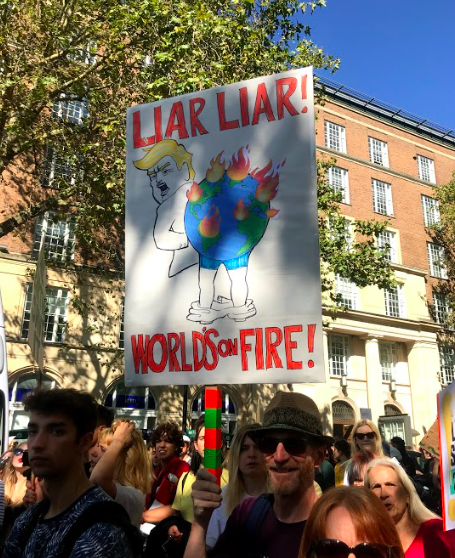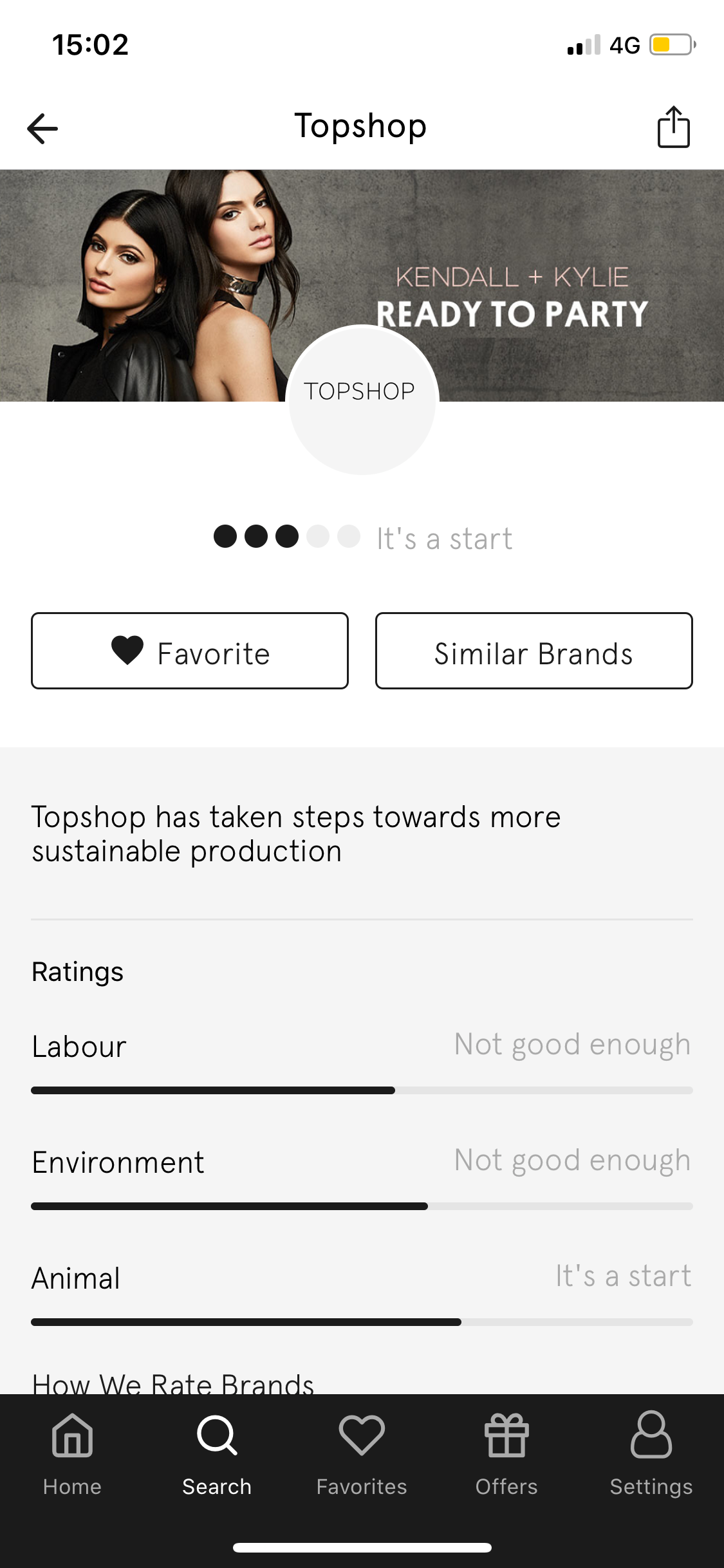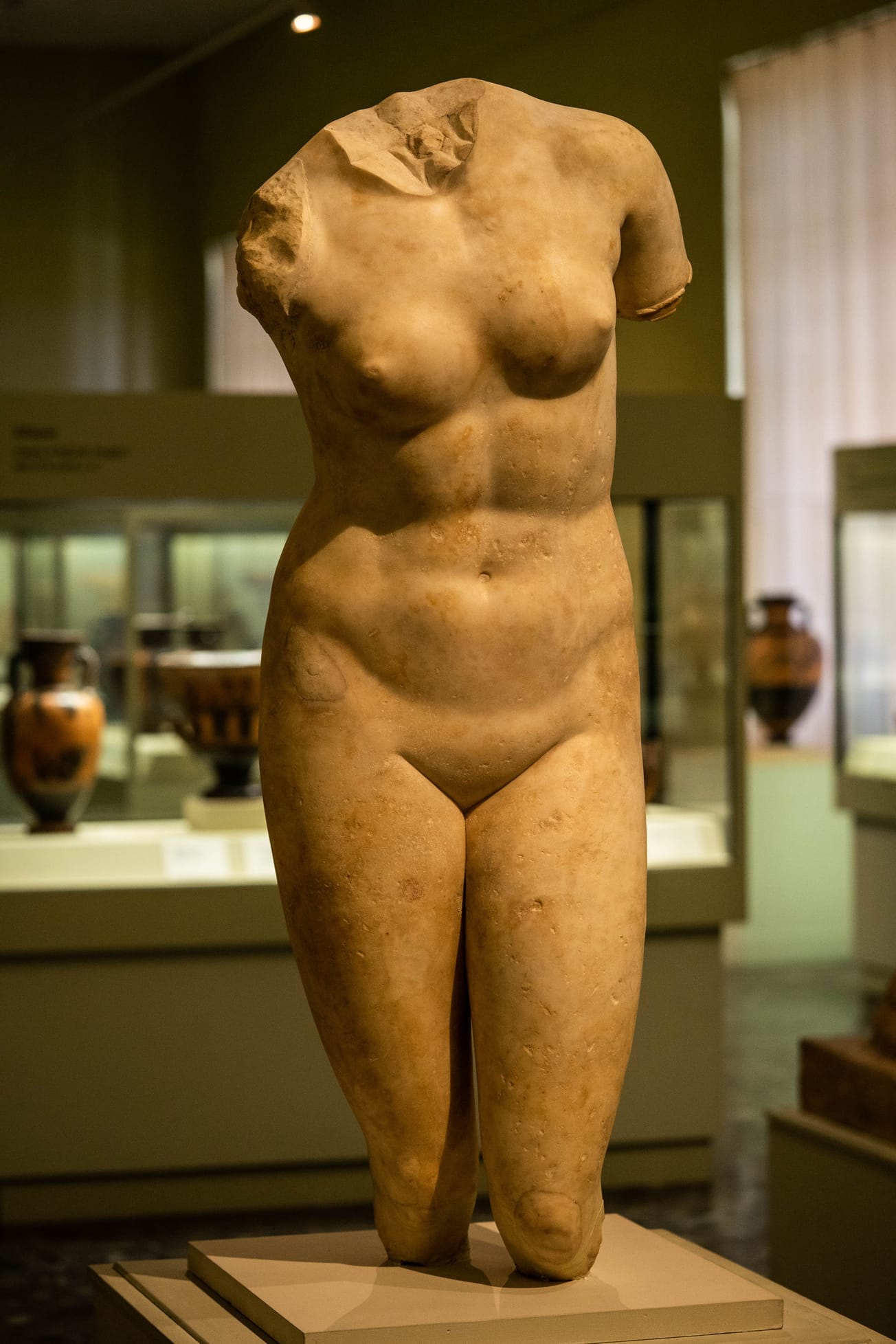By Lily Evans, Third Year English
The Croft Magazine // In the midst of a climate emergency, what can we do as consumers to ensure we're making the best environmentally friendly fashion choices? It might seem daughnting, but concsious changes are possible.
From the ticking time-bomb that is the Doomsday Clock to UoB’s own pledge to stop investing in fossil fuels, the climate emergency is an increasingly hot topic (literally).
But of course, as we frantically grab a reusable metal straw and order a bamboo toothbrush from Amazon, our favourite fashion brands are busy shifting their marketing strategies in attempts to alleviate our eco-anxieties.

In the last few years, documentaries like The True Cost and RiverBlue have exposed fast-fashion giants like BooHoo, H&M and Zara for unethical, environmentally catastrophic practices.
As consumers become increasingly aware of fashion’s impact on the planet, brands are catching on, making it difficult to decipher what is truly ethical and what is merely ‘greenwashing’ - a marketing ploy that deceptively suggests a brand is environmentally friendly.
Take H&M, for example.
When the Swedish giant released their first ‘sustainably sourced’ Conscious Collection in 2010, it seemed to be taking responsibility for years of environmental damage. H&M also began providing clothes bins in-store, with the intention of recycling and repurposing unwanted items.
However, 10 years on, H&M remains a multi-billion dollar fast-fashion brand, pumping out clothes to fit demand and adhere to trends. In August 2019, H&M Norway was also accused by the Norway Consumer Authority of making general, blanket statements regarding their Conscious Collection in an attempt to appear more eco-friendly.*
And the clothes bins? I:Collect, the company H&M uses to recycle unwanted items, revealed only around 35% of the items actually get repurposed.
With all this misinformation, how on earth are we supposed to tell a truly sustainable company from one that is greenwashing?
MeWe: The fashion lending scheme to share clothes and make cash
Where was it made?
Shipping and imports make up around 1 billion tonnes of greenhouse gas emissions each year, meaning that ordering clothing from overseas does more harm than good. Clothing manufactured in the UK is on the rise, with Bristol-based brands like Peregrine and That Thing proving ever-popular with the fashion conscious among us.
Check The Label
What materials are our clothes made from? According to GreenChoices.org, materials like nylon and polyester are some of the most damaging to the environment. In addition to being non-biodegradable, the creation of Nylon releases nitrous oxide, a potent greenhouse gas, into the air. Polyester is the bread and butter of the industry, making up around 49% of our clothes. However, GreenChoices makes clear that it also ‘uses large amounts of water for cooling, along with lubricants which can become a source of contamination’.
To combat this, organisations such as Pesticide Action Network UK (PanUK) provide initiatives to promote organic cotton manufacturing, which reduces the use of harmful chemicals into the environment and pesticide poisoning.

Do Your Research
If you’re unsure as to how sustainable a brand is, apps like GoodGuide and Good On You can provide a run-down of the measures a company has taken to be more eco-friendly.
Good On You rates brands ‘against our robust rating system for their impact on people, the planet and animals’, while also ‘celebrate the designers and brands who are doing good, and connect them with members of the global Good On You community who want to look and live better.’. Transparency is key when shopping sustainably - if a brand has little to no information on their sustainability initiatives, chances are they aren’t doing enough.

Alternatively…
Go to a charity shop, Bristol is packed to the rafters with them! It couldn’t be easier to find something totally unique, cheap and environmentally friendly in our green city.
Bristol’s style hotspots: Park Street edition
Featured: Epigram / Ellie Kenny
Find The Croft Magazine inside every copy of Epigram Newspaper









